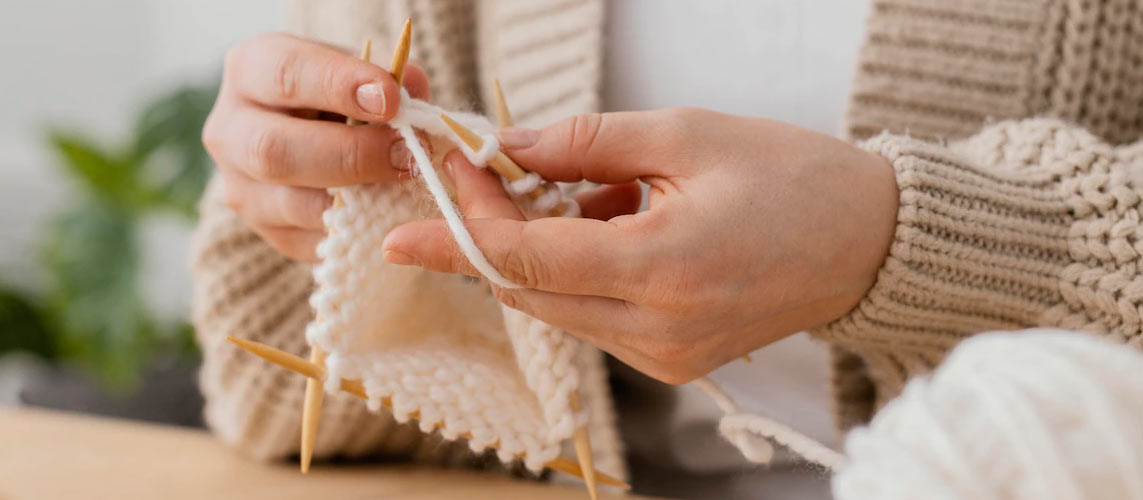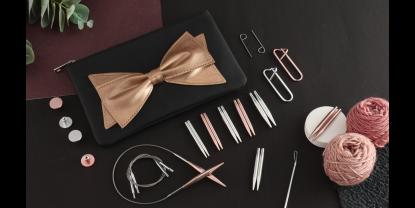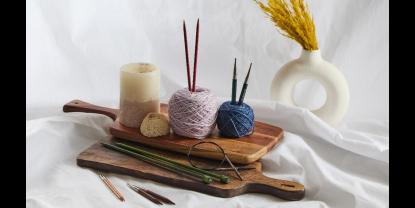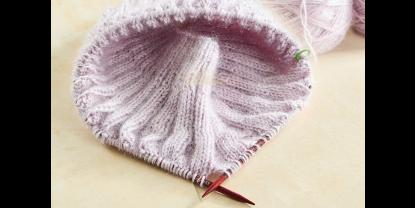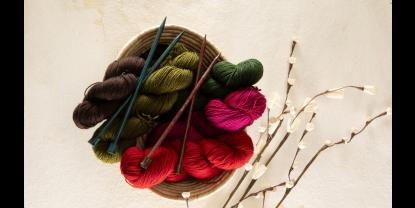A cast-off also called a “bind-off is the last step of any knitting project worked on the knitting needles until you count weaving in the yarn ends. Casting off stitches means a safe and neat way to seal stitches so that they don’t unravel. Whether you work on single pointed needles or circular or even a set of five double pointed needles, this step is essential. The most important thing to remember is casting off is a game for two (stitches). Depending on your project, pattern and even your comfort, you can choose from the many different ways to cast off. If your pattern requires a stretchy finish, make sure to choose a method accordingly that gives enough open space. While if you need the stitches to retain their shape go for a technique that does not give any stretch.
So, let’s get started. To assist you with making the right choice to cast off, we’ll walk you through the many common ways.
The Standard Cast Off
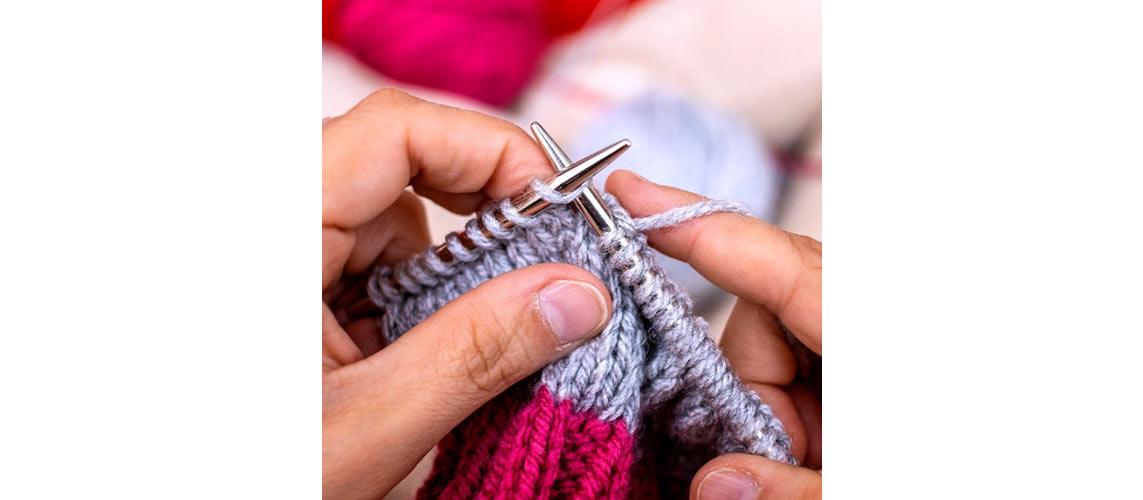
This is the most common way to cast off stitches practiced by both beginners and advanced makers. Knit or purl according to the pattern. The cast on row and cast off row are not counted in the pattern, so make sure to follow instructions till you have completed your actual knitting. You would not like to miss a row or round. Though it might not make a difference still it is recommended to read the pattern carefully. In knitting, there are only two stitches knit and purl while other stitch patterns are just a combination of these two and other techniques. A pattern will instruct whether to cast off knitwise or purlwise or during the row or round of purl stitches.
Step 1: Knit or purl two stitches loosely.
Step 2: Insert the left knitting needle into the first stitch.
Step 3: Pull the first stitch over the second stitch.
Step 4: Continue to pull the first stitch over the second stitch and off the needle. This is how you cast off the stitches.
Step 5: When one stitch remains, cut off a 20cm yarn tail to weave in later on with a wool needle. You can refer to our guide on tricks for weaving in ends.
Step 6: Wrap the yarn around the needle.
Step 7: Pull the stitch over the yarn tail.
Step 8: Pull the yarn tail through the needle
Step 9: Pull the yarn tail to tighten it up.
Your knitting is now cast off!
Cast off in the Middle of Pattern
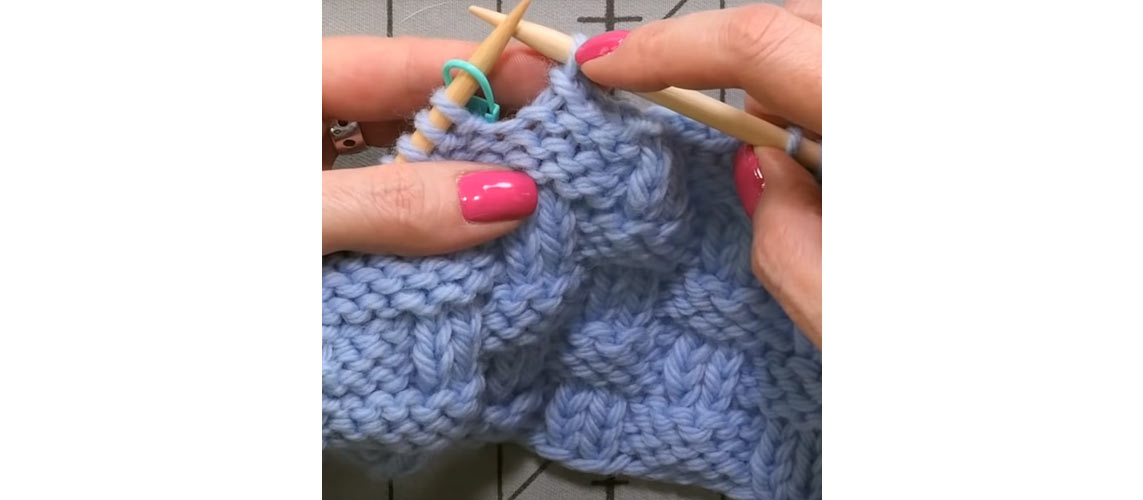
Besides casting off stitches after the project is completed, you may need to do so in the middle of the row. This may be for a design purpose or for creating a button hole or other designs. Many pattern designers will provide you information on the steps, if they do not you’ll be thinking how to cast off in the middle of the pattern or row/ round.
Step 1 - Knit or purl till you have two stitches before you bind off.
Step 2 - Follow the steps of standard cast off for all the stitches of the row or round.
After you’ve cast off the stitch you may need to work on the project. You will have instructions and if you do not have them, simply pick the stitches on the knitting needle and continue knitting.
Three Needle Bind Off
A three-needle bind-off is a method to cast off stitches used for joining two pieces of knitting that are still on the needles. It is a great method to seam, for example, socks or any knitting project. You can very well use this method instead of the Kitchener stitch. Even if you have knitted the project on a pair of single pointed needles or circulars, switch to double pointed needles. You will transfer the stitches to only two double points dividing the stitches equally while keeping the third needle free. Refer to our guide on how to transfer stitches from one needle to another. You can also go ahead with circular knitting needles or single points, just keep an extra needle in the same size of smaller.
Step 1 - Hold the two knitting needles with the stitches parallel to one another. Make sure that both points are facing the same direction If you wish to create an “invisible seam,” the right sides of your work should be facing each other.
Step 2 - Knit together the first stitch on the front needle and the back needle. Repeat this once more to create a second knit-together stitch.
Step 3 - Pull the first stitch over the second stitch like the standard cast off. Continue to repeat the sequence till you have cast off the stitches on the parallel needles.

Using the Stretchy Cast Off
The stretchy cast-off is a nice way to give your finished edge a little more stretch than the standard method does. If you are tight knitter then this method is definitely going to help you finish your project in style.
Step 1 - Knit or purl the first two stitches together. Slip the working knitting needle behind the tip with all stitches. Loop the yarn over the needle and pull it through both stitches.
Step 2 - You should now have one new stitch on your right needle tip. Slip this new stitch back onto the left needle.
Keep going until you reach the end of your row or round.
Using the I-Cord Cast Off
The I-cord cast off is a very neat method. This works best for knitting bags, collars, pocket and other projects. You need to cast on two or three stitches on the row with the working yarn. There are many ways to cast on stitches, use one that you prefer.
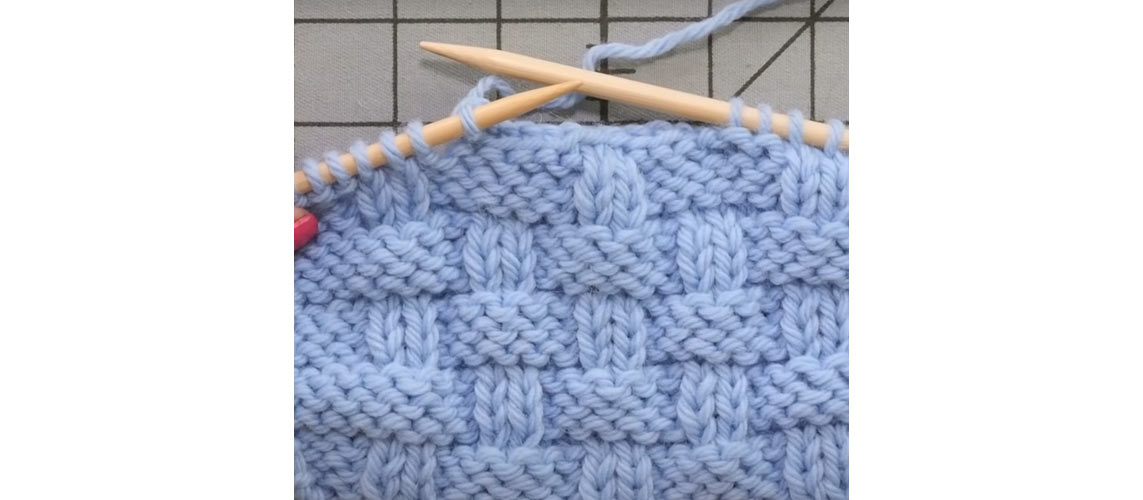
Step 1 - Knit or purl the first two stitches of the row by inserting the needle into the back loop. Yarn over, and pull through the loop and let it slide off the needle.
Step 2 - Knit two stitches together. Insert the knitting needle through the back of both loops and yarn over. Pull through both loops and slip off stitches to the opposite needle.
Step 3 - Slip stitches back onto left needle. You should have three stitches on your right needle. Transfer these back over to the left needle.
Step 4 - Repeat to the end of the row.
If the I-cord looks puckered, switch to a bigger knitting needle size. Practice with a swatch before you try it in a project.
Like methods to cast on stitches, there are various ways to cast off stitches. In fact, for each cast-on method, there is a matching cast-off. It is always recommended to learn new things and experiment. Make sure to check your knitting project for common knitting mistakes before you cast off.
With your knitting cast off, block your project with the right blocking tools following the yarn label. Now, weave in the yarn ends and you are ready to show off your knitting.


